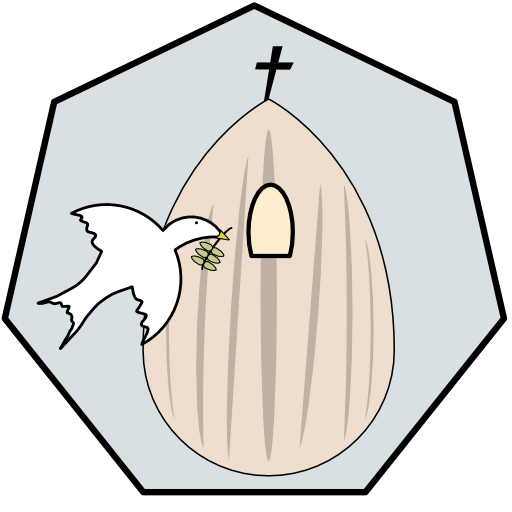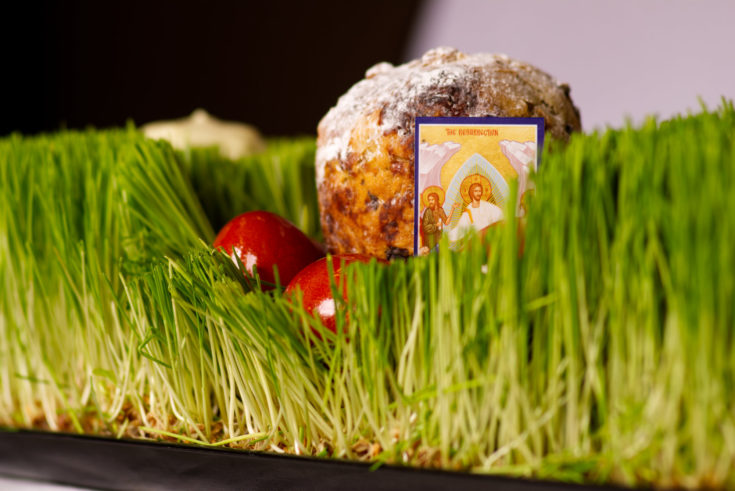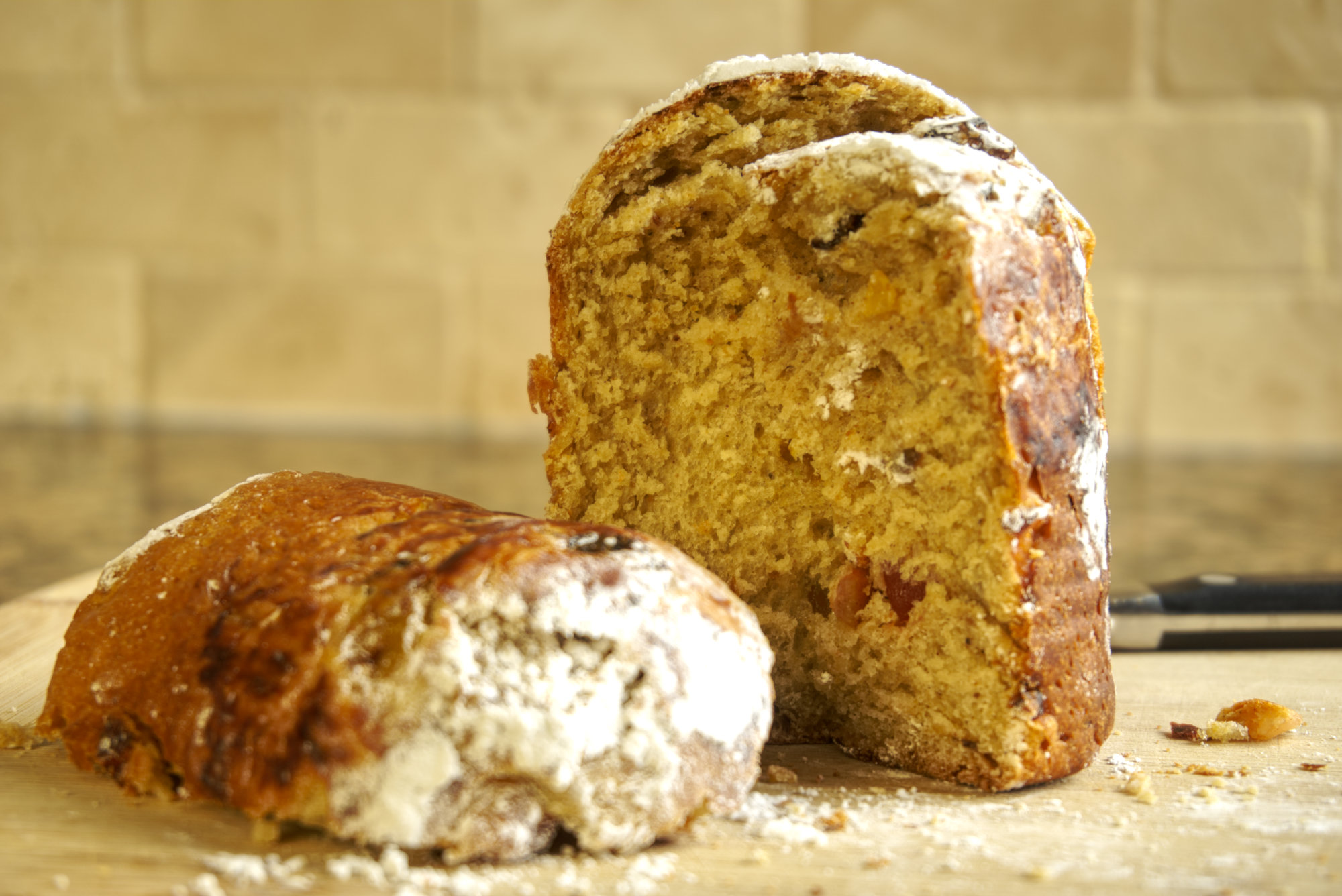The last time I made a Pascha was 10 years ago, and I used an excessive amount of yeast. The recipe called for 80 g of raw yeast while I added 40 g of instant yeast, only because of family pressure, otherwise I was going for the full 80. That came out tasting like yeast (shocker) and within the hour it turned into a brick, which I buried because it had holy water baked into it and didn't want to spoil it in the garbage.
Yeast is a luxury right now. For the past month, I checked multiple grocery stores in 3 cities. They were all out in this Pandemic. Thankfully my friend had some instant bread machine yeast left in his fridge, which he kindly donated to me. Thank you, Rayan!
The final result is an aromatic ecstasy of bread. This batch did come out less sweet than the ones I remember from childhood, but then again this is a health blog 🙂 Besides, you should be spreading some of that cheese Pascha on top of this.
My mom told me she loves to eat a boiled egg with the Pascha, I will try that tomorrow.
Christ is Risen!
Instructions
1 Week Before Baking (6th Thursday of Lent)
- Freshly ground all the spices and mix them together. The nutmeg can be easily grounded down using the smallest grater, as for the rest I used my Vitamix Blender.
- Mix to form a paste (you could double the alcohol if the flavour is favourable to you).
- Cover it and set it aside.
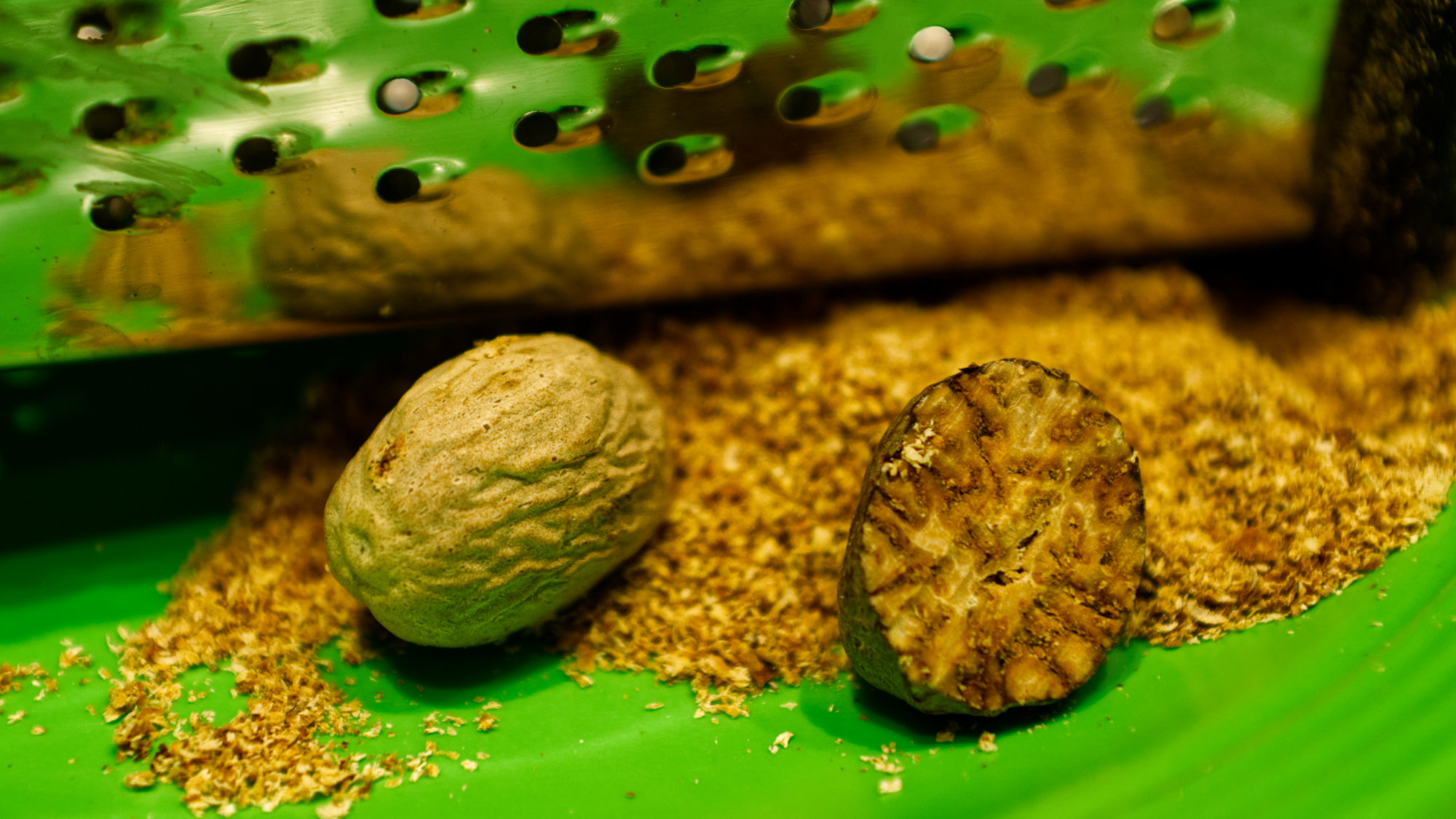
2 Day Before Baking (Holy Wednesday)
Soak the Raisins
- Pour water on the gold and dark raisins.
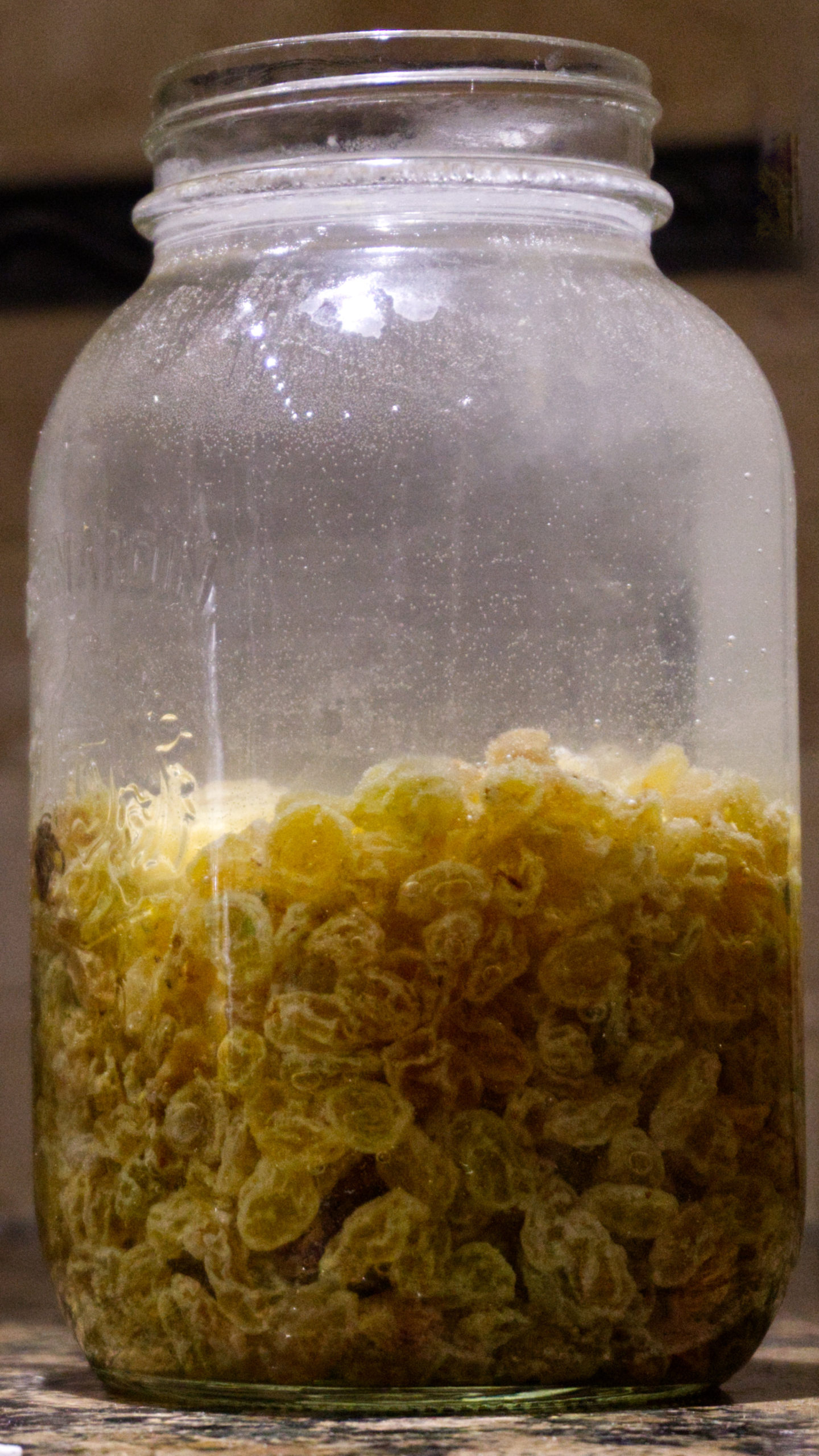
Soak the Saffron
- Boil water and let it cool down for a minute.
- For each pinch add 2 tbsp of the boiled water.

1 Day Before Baking (Holy Thursday)
Activate the Yeast
- Heat the milk between the temperatures of 40°-43.5° C (104°-109.4° F)
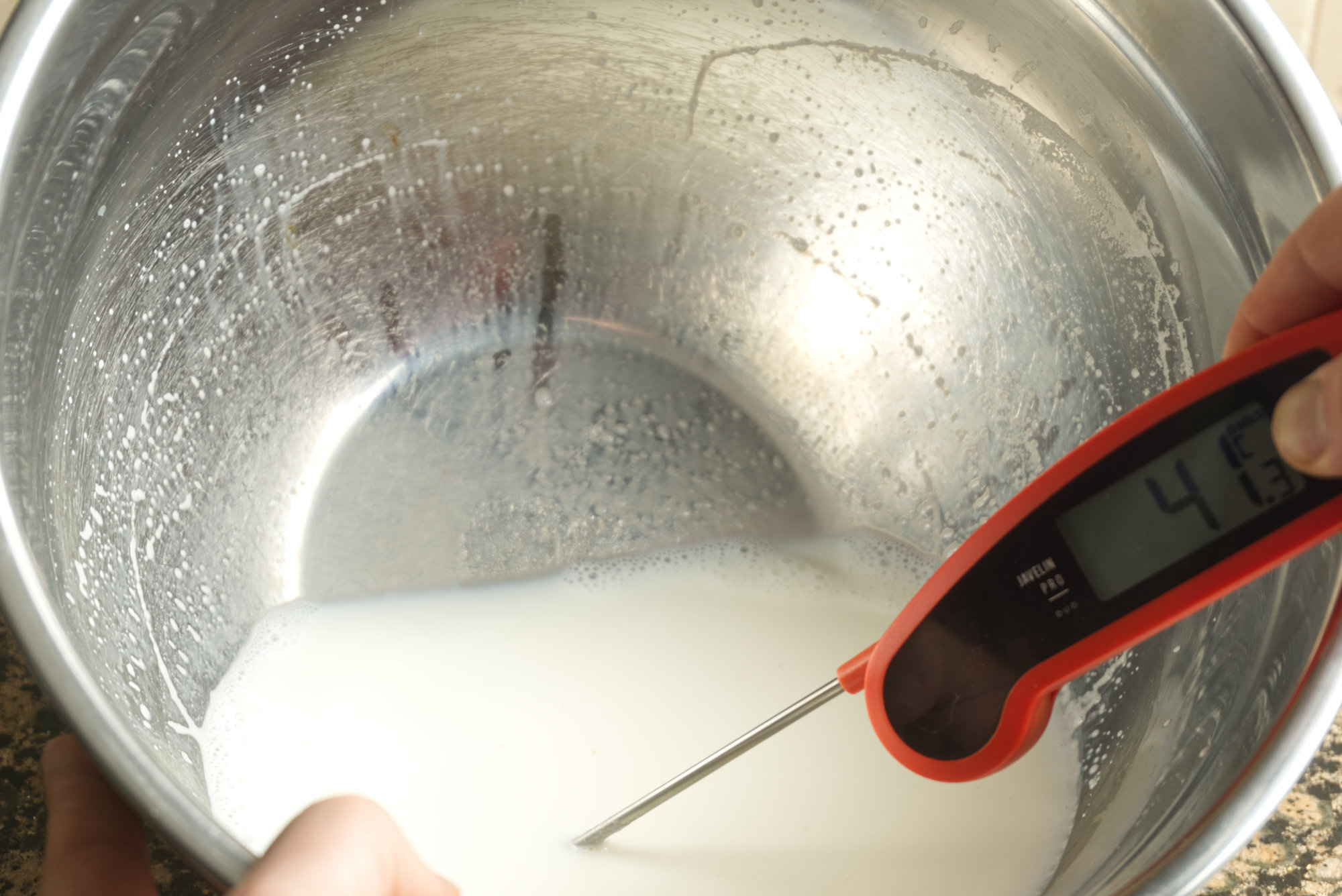
- Dissolve the sugar, add the yeast and mix it.
- Sift the flour over the mixture and stir it.
- Cover and set it aside a warm place. We will be back in 20 minutes, or right after we do the Dough part.
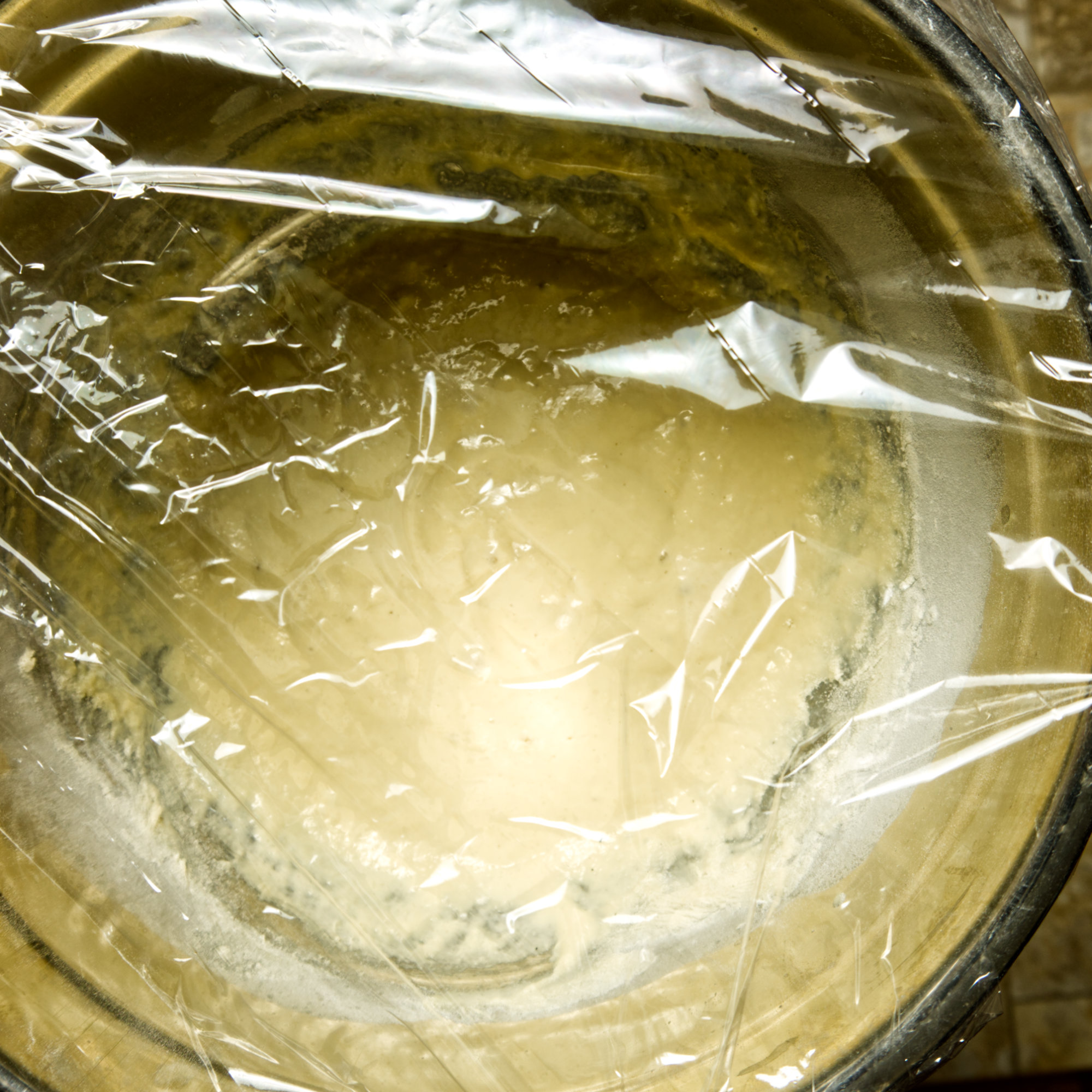
Dough
- Mix the eggs and sugar on high speed until it becomes all white. (7-10 minutes)

- Pour in the melted butter (should not be hot) and mix.
- Add the sour cream and mix it again.
- Add the salt, lemon essential oil, and the spice mixture we made a week ago. Using a strainer pour the Saffron mixture into the dough. Mix until there is no difference in colour.
- Using your hands combine the activated yeast, which should look like this:
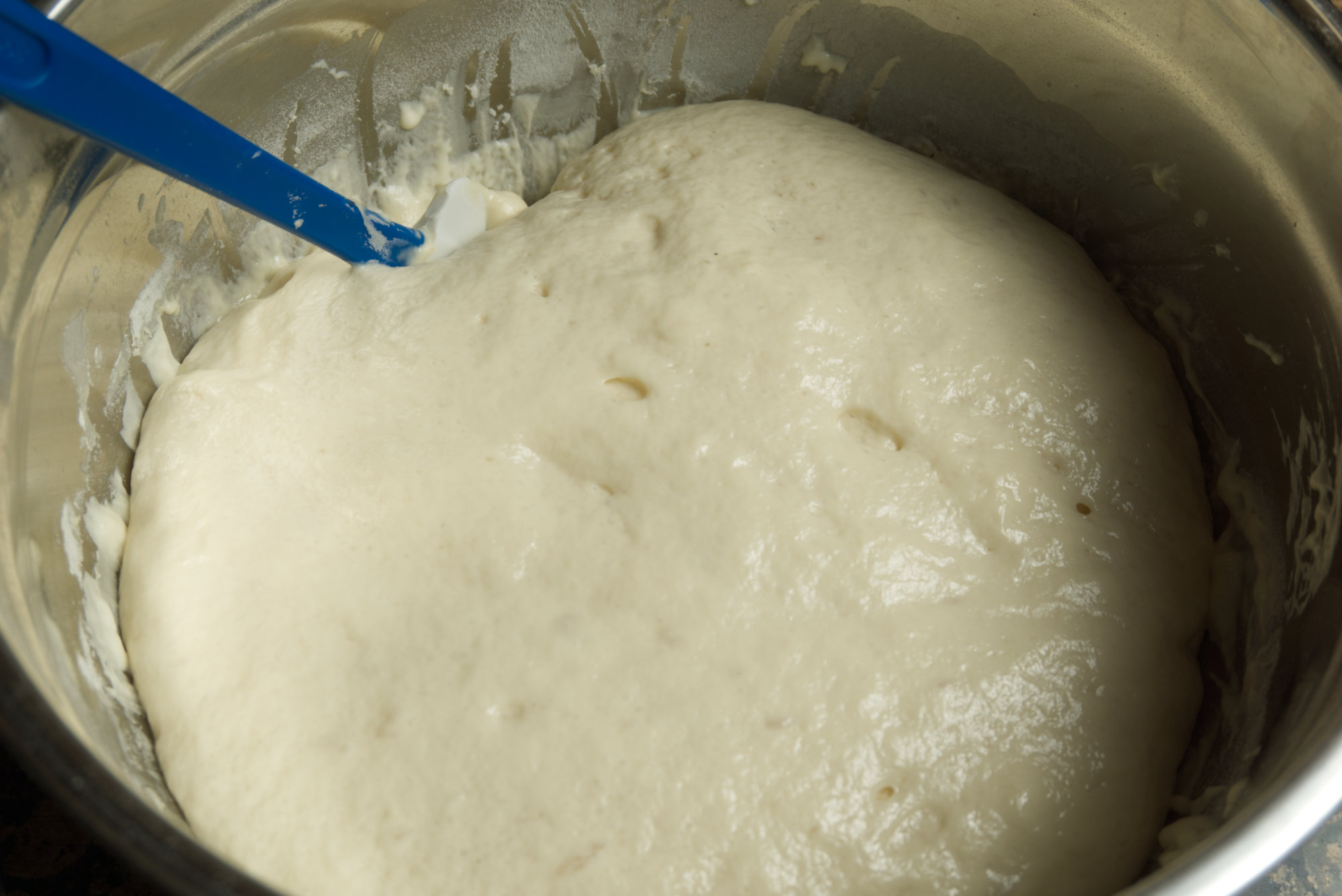
- Gradually add the flour while mixing.
- Cover the dough and set it aside for 1.5-2 hours in a warm dry place.

Dough, 2nd Rise
- Knead the risen dough a bit to flatten it out.
- On a flat surface spread flour. Put the dough on that surface and begin to knead it for about half an hour. slowly adding the remainder of flour.
- Slowly add the oil while kneading.
- Oil a deep pot with oil. Place the needed dough inside the greased pot making sure there is at least room to expand double its size and oil the top part of the dough.
- Cover it and place it in the fridge overnight.
The day of Baking (Holy Friday)
- Prepare the baking containers by putting parchment paper on the bottom and sides of cans.
- Take the dough out of the fridge and place it on a flowered surface.
- Preheat the oven at 350° F / 177° C.
- Begin to knead the dough while adding the prunes, Apricots, and dried fruit.
- Our raisins should have puffed up by now and it is time to strain it.
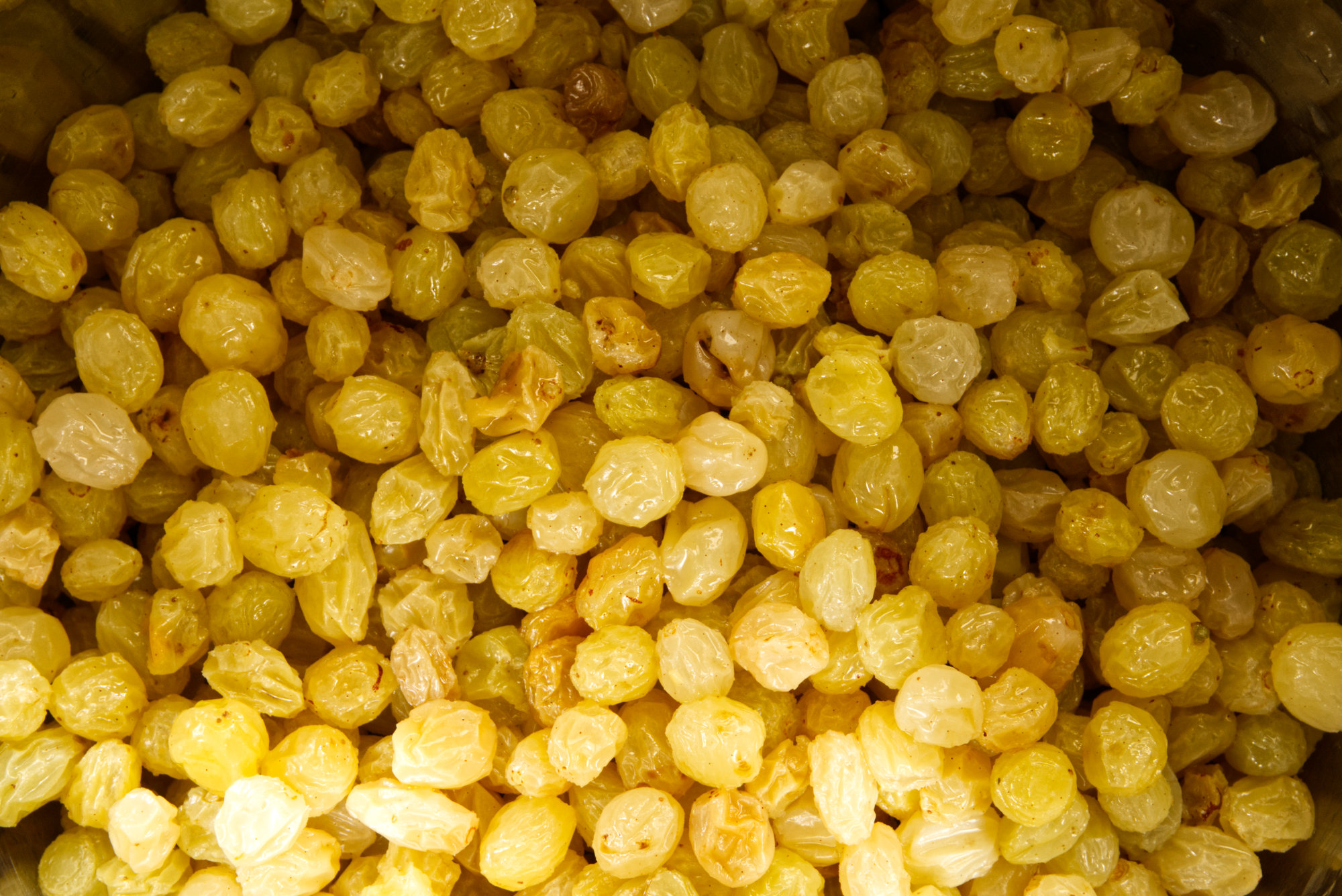
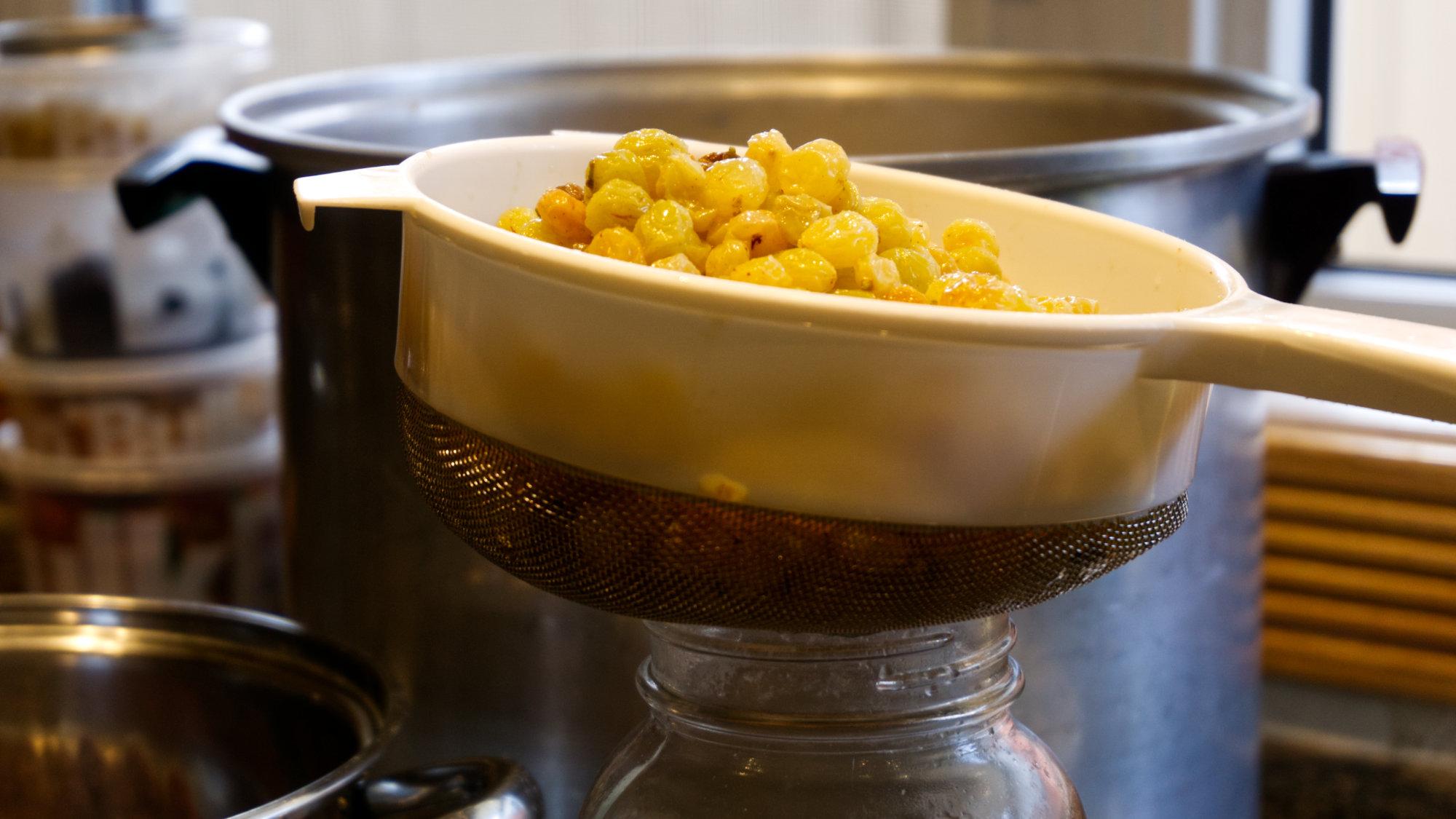
- Spread the raisins on top of a paper towel and lightly flower it.
- Right after it is flowered begin to kneed it in the dough. The dough should now become a bit sticky from the water content in the raisins. If it is too sticky add a bit more flour, you want the dough to have the stickiness without sticking to your hand too much.
- Fill the cans 1/3 way through.
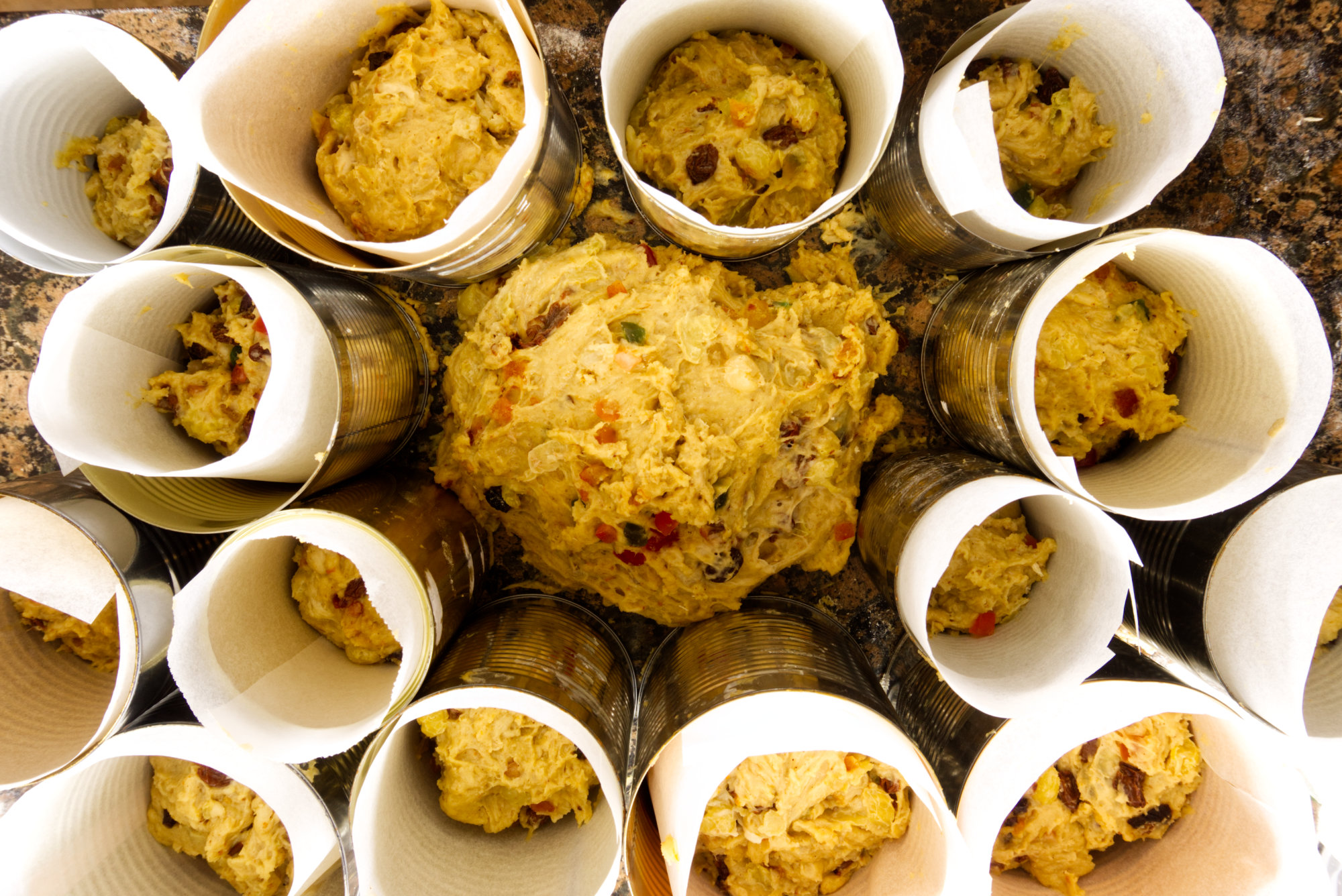 If you use a 1 L glass container try 500-800 g of dough which was more than 1/2 the size of the container and it came out ok.
If you use a 1 L glass container try 500-800 g of dough which was more than 1/2 the size of the container and it came out ok.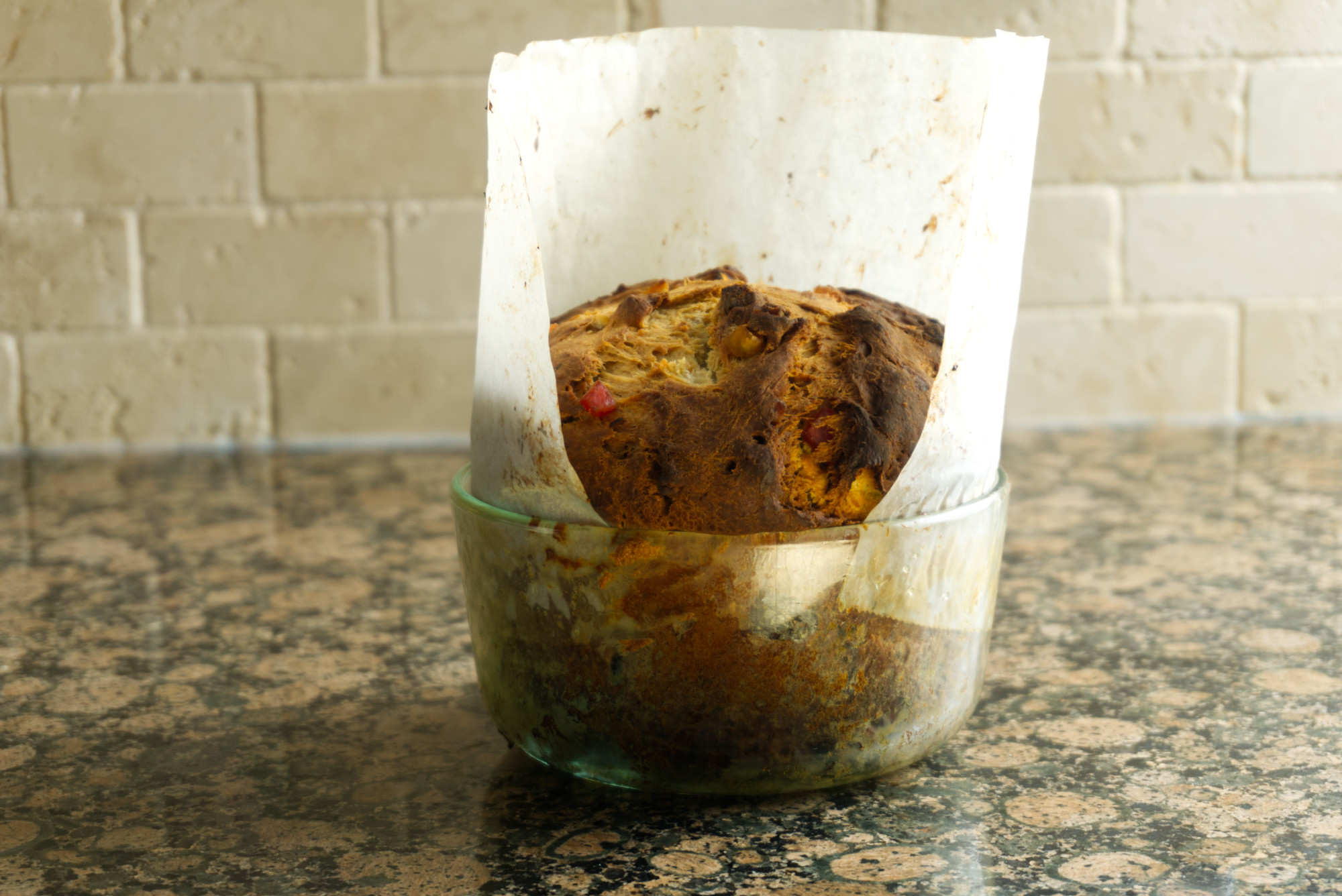
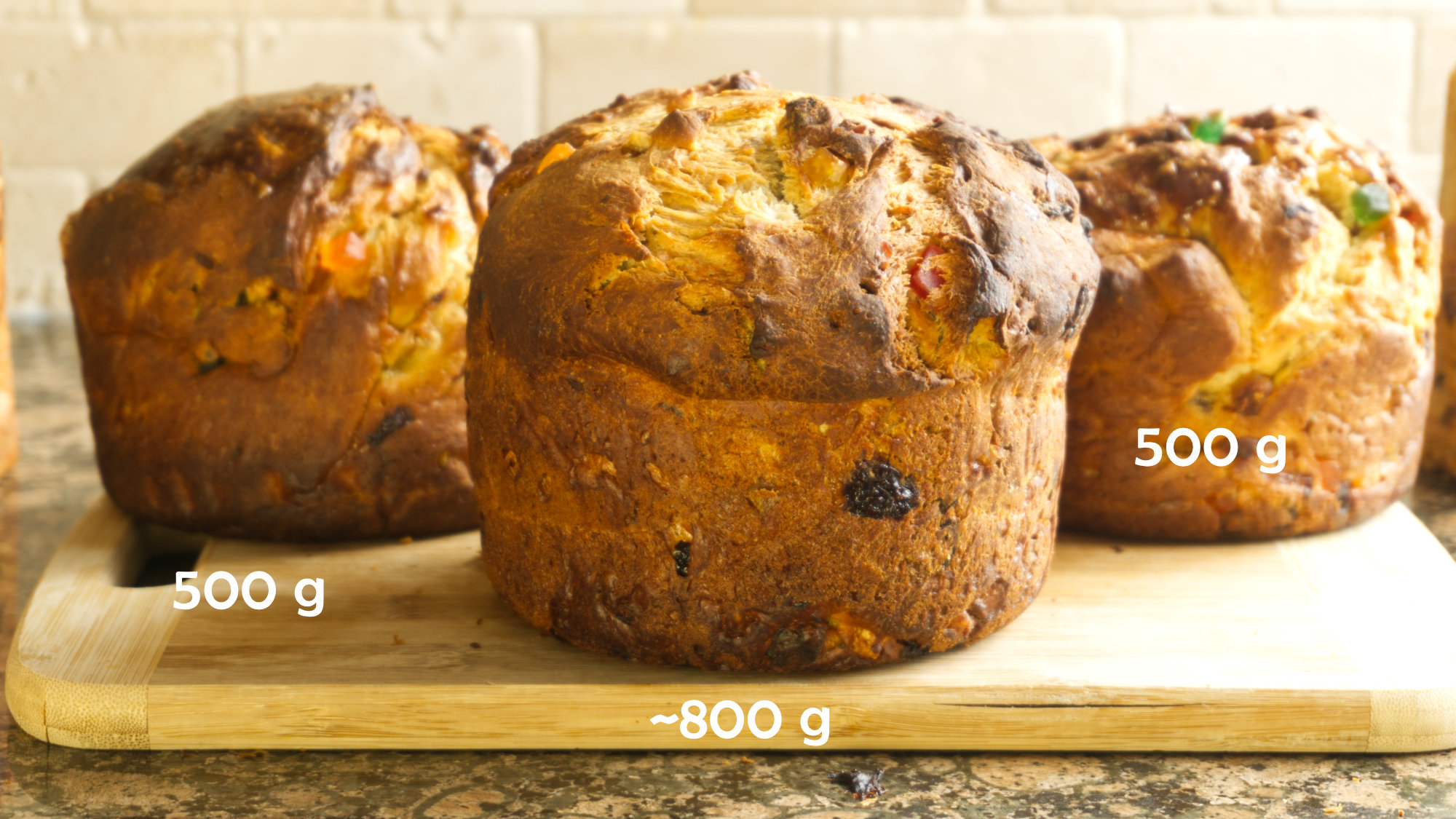
- Baking times vary with the size of containers. Bake similar sized containers together until the inside is ~ 194° F / 90° C or when a stick comes out clean.
Decorating
Once the Paschas are cooled down you can begin to decorate. 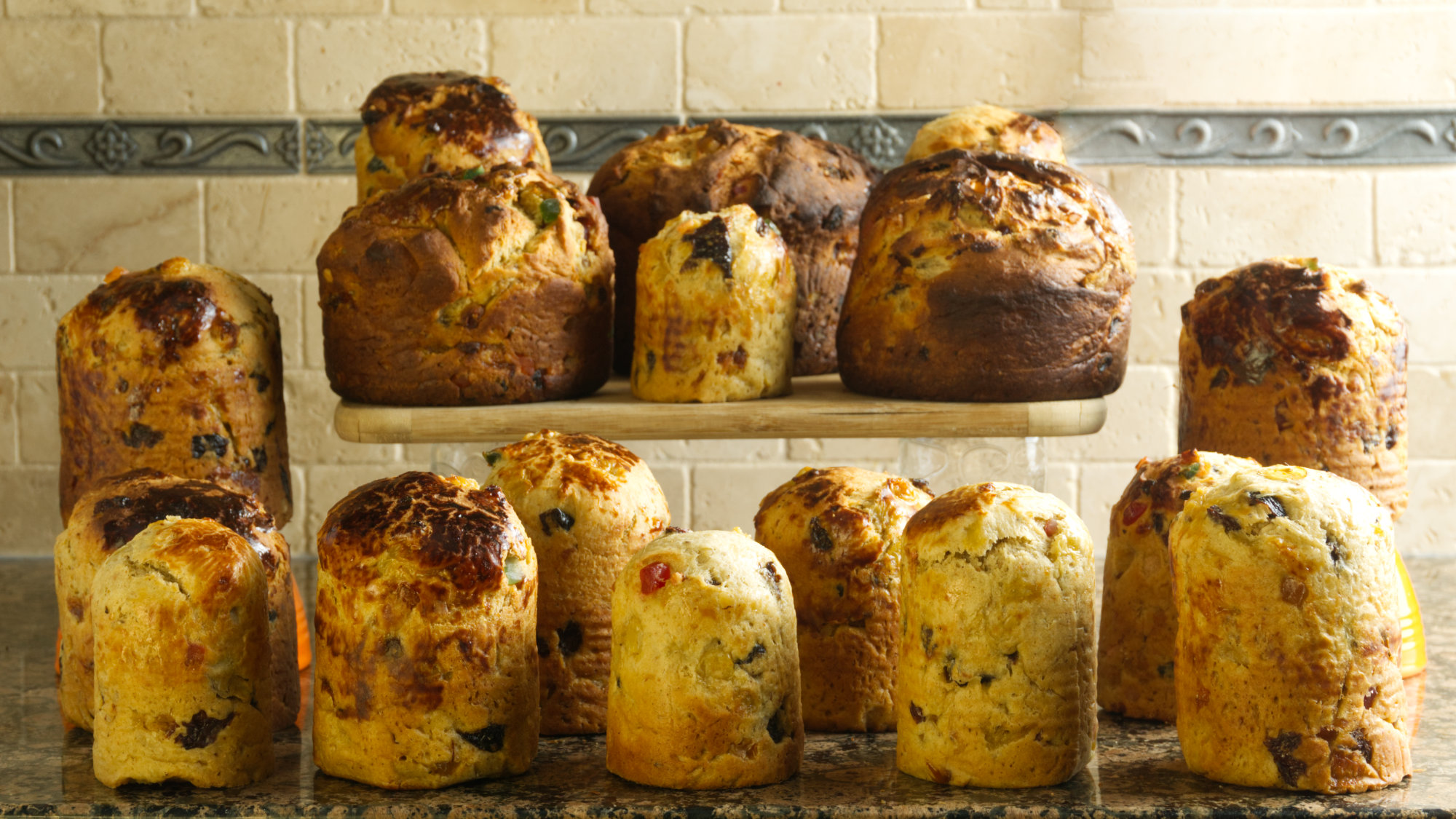
Over a double boiler, melt the white chocolate or butterscotch and speed it on each Pascha.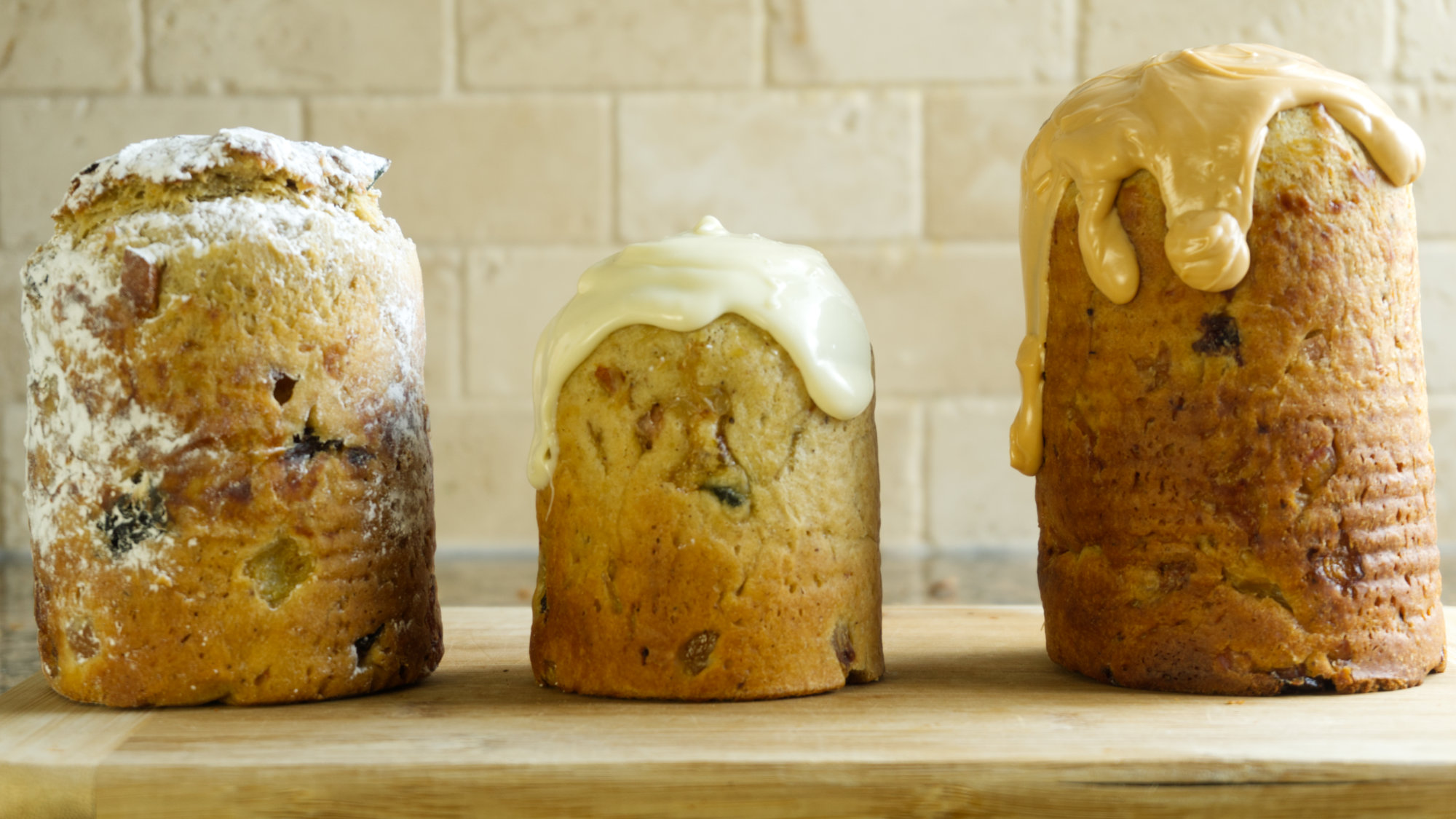
You could also sift icing sugar on top. Just lean it over and tap it to dust off the excess.
Notes
The longer you let the spices stand the better it will extract its flavour.
Instead of Malibu, I would have loved to use Grand Marnier.
